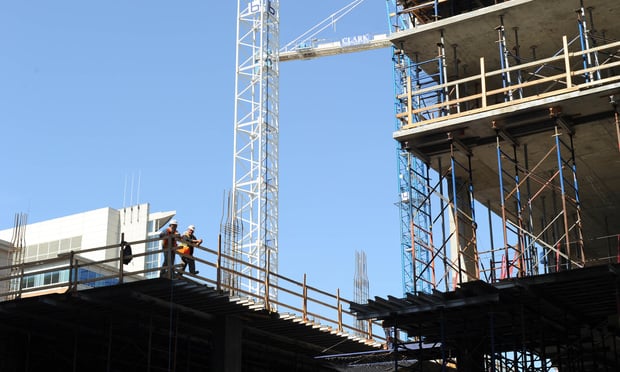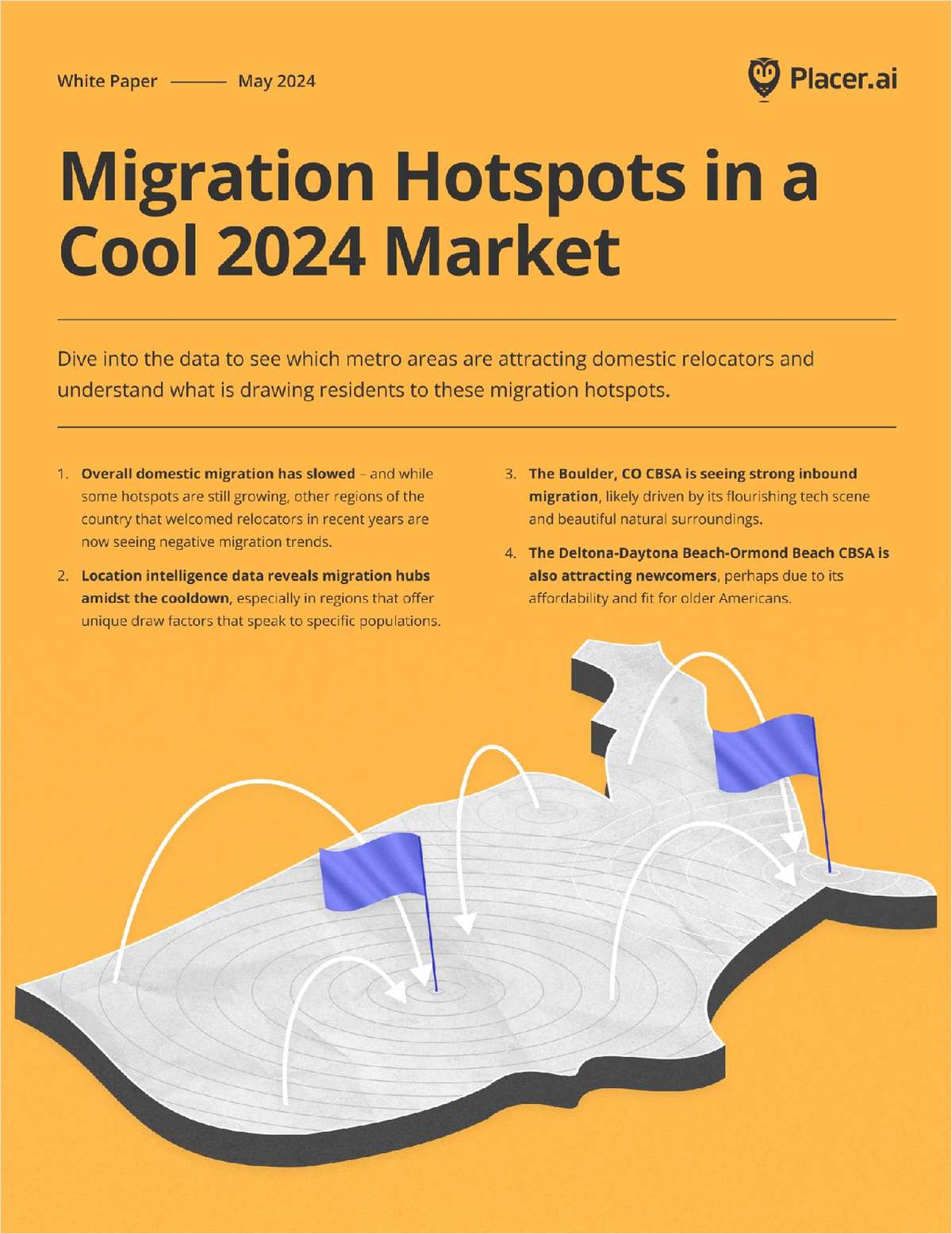Introduced by Times Co. vice chairman Michael Golden, Patakihailed the deal as a triumph for the city. "This is an importantday because a decade or two from now people are going to look backand say this is another symbol that New York is coming backstronger than ever."
The dramatic, Renzo Piano-designed office tower is beingdeveloped through a network of joint ventures between the New YorkTimes Co., Forest City Ratner Co. and financial partner ING RealEstate. Arranged by Insignia/ESG vice chairman Mary Ann Tighe andexecutive managing director Gregory Tosko, the three-pronged dealincludes an alliance between the Times and FCRC; a separate dealbetween FCRC and ING; and the 99-year, $85.6-million ground leaseand land acquisition agreement between the Times, FCRC and the Cityand State of New York. The lease gives the joint venture the optionto purchase the site after 29 years. FCRC will be the developer ofthe project, which will open in two phases during 2005 and2006.
The building will be located on the east side of Eighth Avenuebetween 40th and 41st streets, opposite the Port Authority BusTerminal. The 79,000-sf parcel, which will be acquired viacondemnation by the state of 10 land parcels, occupies the entireblock along Eighth Avenue and extends roughly half a block easttoward Seventh Avenue. The condemnation and relocation of businesson the site is expected to take up to one year.
Continue Reading for Free
Register and gain access to:
- Breaking commercial real estate news and analysis, on-site and via our newsletters and custom alerts
- Educational webcasts, white papers, and ebooks from industry thought leaders
- Critical coverage of the property casualty insurance and financial advisory markets on our other ALM sites, PropertyCasualty360 and ThinkAdvisor
*May exclude premium content
Already have an account?
Sign In Now
© 2024 ALM Global, LLC, All Rights Reserved. Request academic re-use from www.copyright.com. All other uses, submit a request to [email protected]. For more information visit Asset & Logo Licensing.








